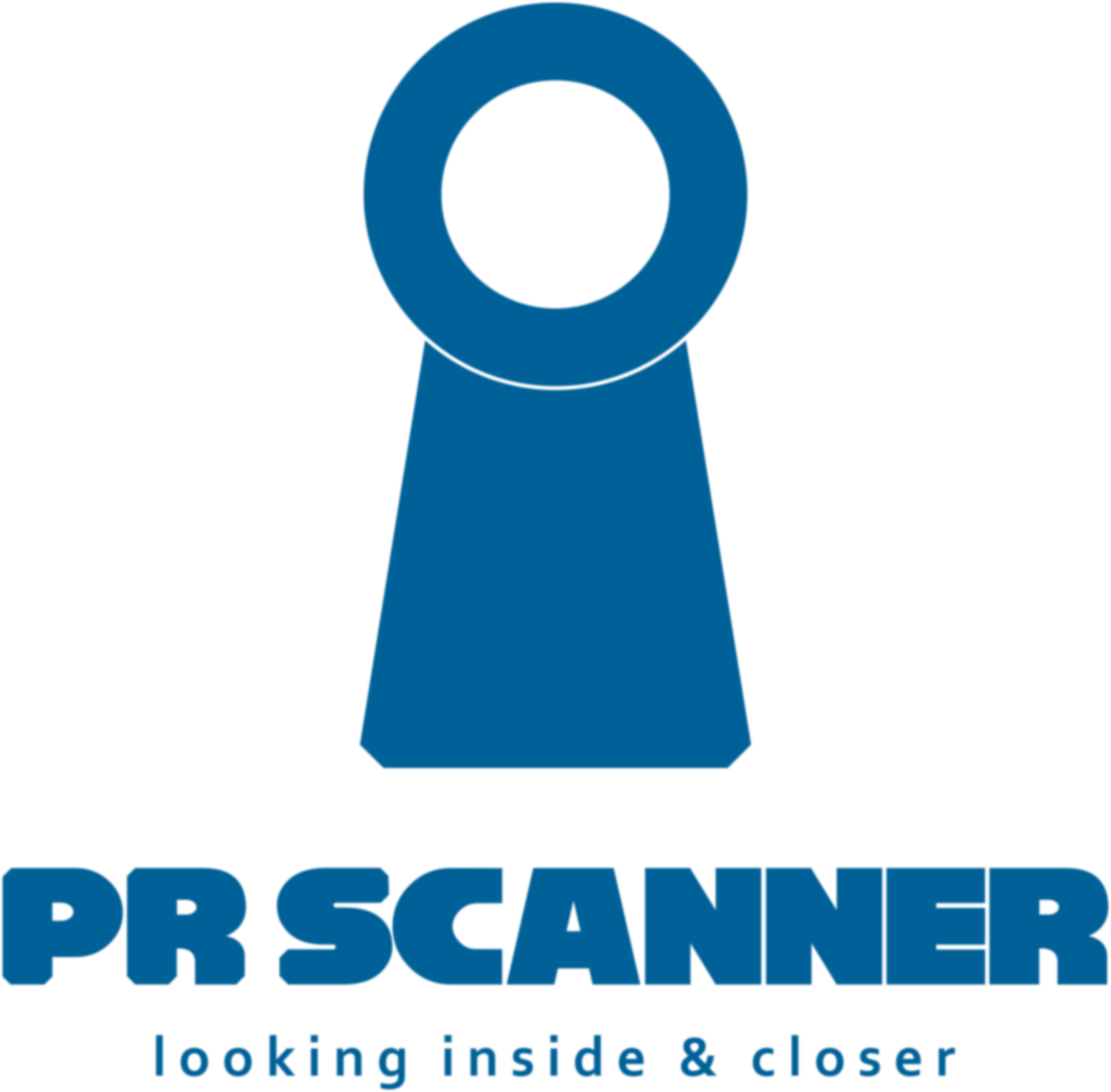
Physiotherapy/Rheumatology (PR) Scanner
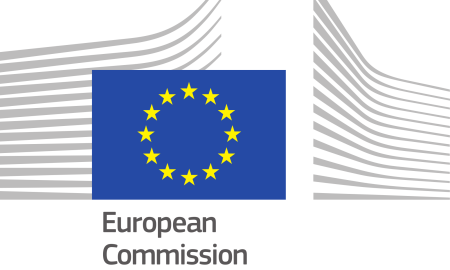
Introduction
This project has been funded by the European Innovation Council within the EIC Pathfinder Innovation Launchpad Program, with the goal to create the structure required to site PR scanners in clinics worldwide.
This project is a follow-up of Histo-MRI, a FET-Open project finished in March 2021, coordinated by CSIC’s MRILab and with the key participation of LUMC. The main goal of Histo-MRI was the development of a new imaging technology capable of unprecedented spatial and temporal resolution. As part of this highly ambitious challenge, we developed disruptive hardware, as well as cutting-edge spatial encoding and image reconstruction methods. One particularly successful line of research within Histo-MRI was low-field MRI, where we built a single-purpose, affordable Physiotherapy/Rheumatology scanner (the 50 mT first generation scanner, see Fig. 1), patented four families of MRI methods, and created a new high-performance MR console (MaRCoS: Magnetic Resonance Control System) based on the Open-source Console for Real-time Acquisition platform (OCRA).

Figure 1. (A) Setup. (B) Patient positioning. (C) Images obtained with 3D turbo spin-echo acquired in 12 minutes.
Here we propose a new generation of extremity MRI scanners which operate at slightly higher field (70 mT) and exploit efficient spatial encoding schemes and image reconstruction techniques to boost the diagnostic value of the resulting images, thereby shifting the paradigm from extremely sophisticated and expensive hardware, to extremely efficient methods.
The scanner


Figure 2. Photographs of new PR scanner
The scanner in Fig. 2 is based on a 70 mT Halbach array magnet with an intrinsic inhomogeneity < 15000 ppm which can be shimmed down to < 2000 ppm, all with cheap, light permanent magnets. The gradient and RF coils are made in-house (see Fig. 3).

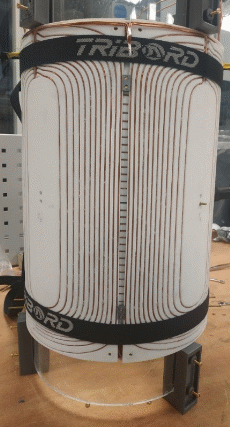
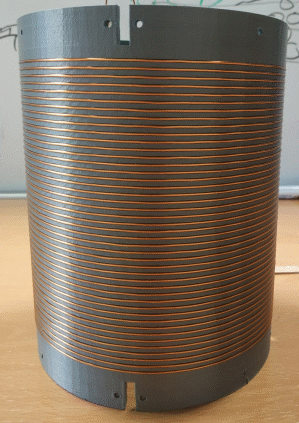
Figure 3. Photographs of 70 mT magnet (left), gradient coils (middle) and RF coil (right)
Advanced encoding and reconstruction methods
The MRILab has recently filed a patented for (Eur. Pat. EP20382540.1) and published a preprint about an MRI method where the acquisition is sampled at rates significantly higher than the Nyquist-Shannon limit and the reconstruction is based on prior knowledge about the physical interactions that take place during an MRI scan. The PR Scanner project will exploit this method, PECOS, which stands for PhasE-Constrained OverSampled MRI and substantially surpasses current technological paradigms in terms of acquisition speed and resilience to noise. In PECOS, abundant data (along frequency-encoded directions) combined with prior knowledge of the interaction model (embodied in an Encoding Matrix), provides useful information for the reconstruction. This knowledge, which depends on the scanner and the pulse sequence but not on sample properties or features in the acquired data, allows us to extract useful information from signals sampled at rates well beyond their bandwidth, regardless of the specific trajectories followed for k-space coverage.
The basic science behind PECOS is the use of prior knowledge of a class which present-day approaches to MRI inefficiently exploit, and which removes the information bounds imposed by the Nyquist-Shannon limit: the interactions between electromagnetic fields and spins in MRI systems are exquisitely predictable. Consequently, the scientific breakthroughs are rooted in how data is acquired (at sampling rates far beyond the NS-limit) and how images are reconstructed (with iterative algorithms to deal with prior information).
Besides efficient information encoding and image reconstruction, PECOS is highly resilient to noise (see middle and bottom row of images in Fig. 4).
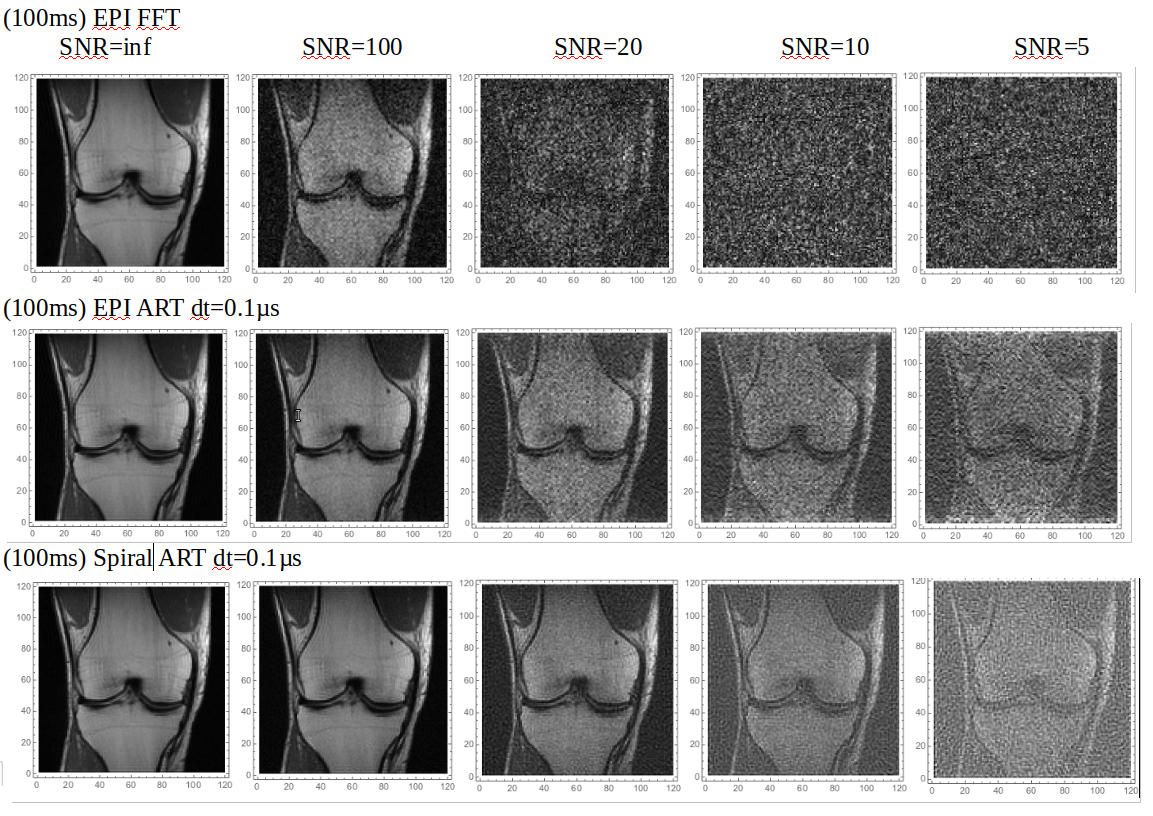
Figure 4. Simulated image reconstructions resulting from a standard EPI sequence (top) and PECOS-powered EPI and spiral acquisitions (middle and bottom). The signal is subject to increasing levels of white noise (lower signal to noise ratio, SNR) as we move from towards the right.
MaRCoS: Magnetic Resonance Control System
We will also upgrade the original LUMC design with a new open-source Magnetic Resonance Control System, MaRCoS, which is based on OCRA and is currently under development at LUMC, the MRILab, and an ever-growing community. MaRCoS is an open-source, fully flexible control system based on inexpensive Red Pitayas and home-made electronics. This will give us access to the raw sampled data, as required by PECOS. We are also developing a Python GUI to interface with the system and the iterative reconstruction modules, display the data and reconstructions, and post-process the images.
This project has received funding from the European Union’s Horizon 2020 research and innovation programme under grant agreement No.101034644.